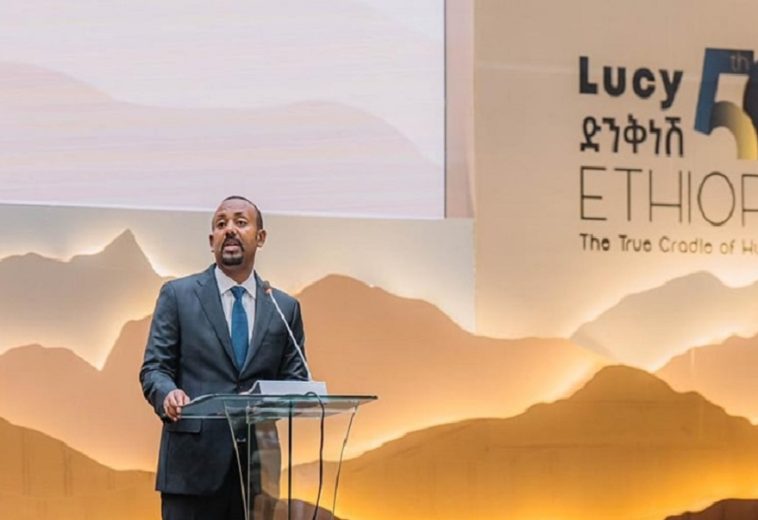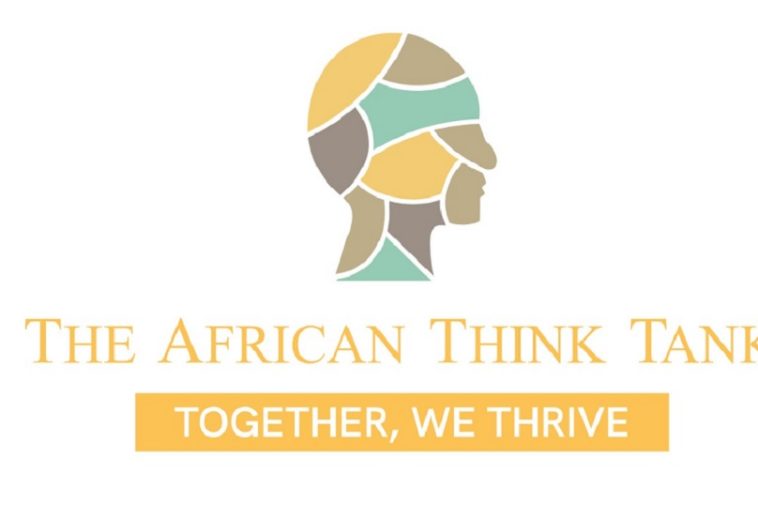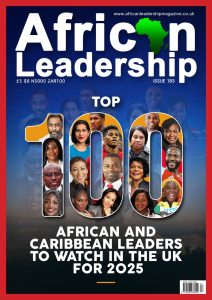Africa is witnessing a fascinating rebirth in animation, with local studios producing distinctive animated content that appeals to a wide range of viewers. This emerging sector is not only creating entertainment, but also acting as a powerful catalyst for economic growth, cultural preservation, and international recognition.
Beyond its sheer entertainment value, African animation is significant. These animated productions honour African creativity and invention while preserving cultural legacy by narrating tales with strong roots in African history and culture. This is a crucial step in safeguarding the continent’s rich cultural legacy, as it offers storytellers a platform to share their insights and experiences with the world.
Advancements in technology have facilitated the growth of the African animation industry by enabling artists to push creative boundaries and produce high-quality work more efficiently. Organisations like the African Animation Network and the Animation du Monde initiative have provided aspiring animators with financial support, education, and networking opportunities.
Olivier Laouchez, CEO of the Trace Group, emphasises the growing demand for local stories. He notes, “First of all, there is an appetite for local stories.” The calibre of the narrative is more highly anticipated by the people than the calibre of the picture. When we first started, we were told that the African clips we were suggesting wouldn’t be successful. African contents make up 95% of the clips that our audience watches and listens to these days; people here prefer watching and listening to these films rather than more polished ones from other countries.
African animation has a long history, dating back to the mid-20th century when early animators, such as Nigerian artist Moustapha Alassane, experimented with traditional animation techniques. Alassane’s 1966 film “La Mort de Gandji” (The Death of Gandji) was one of the first animated films from Africa, showcasing the continent’s potential in animation.
A noteworthy example of this potential is “Kabongo,” a 13-part animated series created by a small animation studio based in Dakar, Senegal. As the first series of its kind to be produced entirely in Africa, this ground-breaking series highlights the continent’s promise in the animation industry.
Several animated films and television shows have received critical praise and international recognition, demonstrating the great heights that African animation has attained. While Nigerian animator Niyi Akinmolayan’s “Frogeck” (2019) demonstrated the possibility of cooperation between African animators and multinational studios, South African company Triggerfish Animation’s “Adventures of Zambezia” (2012) and “Khumba” (2013) attracted international notice. Nigerian multimedia company Kugali Media gained notoriety in 2020 when it revealed a collaboration with Disney and created the animated series Iwájú released in 2024.
READ ALSO: From Gnawa to Rai: Exploring the Diverse Soundscapes of North African Music
The global recognition of African animation can stimulate investment in the sector, resulting in the development of new facilities, resources, and avenues for up-and-coming artists. Consequently, this could aid in the general expansion and advancement of the African creative industry.
African animation is magical not only because of its skill at telling engrossing stories but also because of its capacity to spur development and change on the continent. We help to further the global richness of artistic expression as well as the ongoing growth of African storytelling by fostering and supporting this thriving sector. With its continued growth, African animation will surely become a major factor in determining the direction of the continent’s creative environment.




